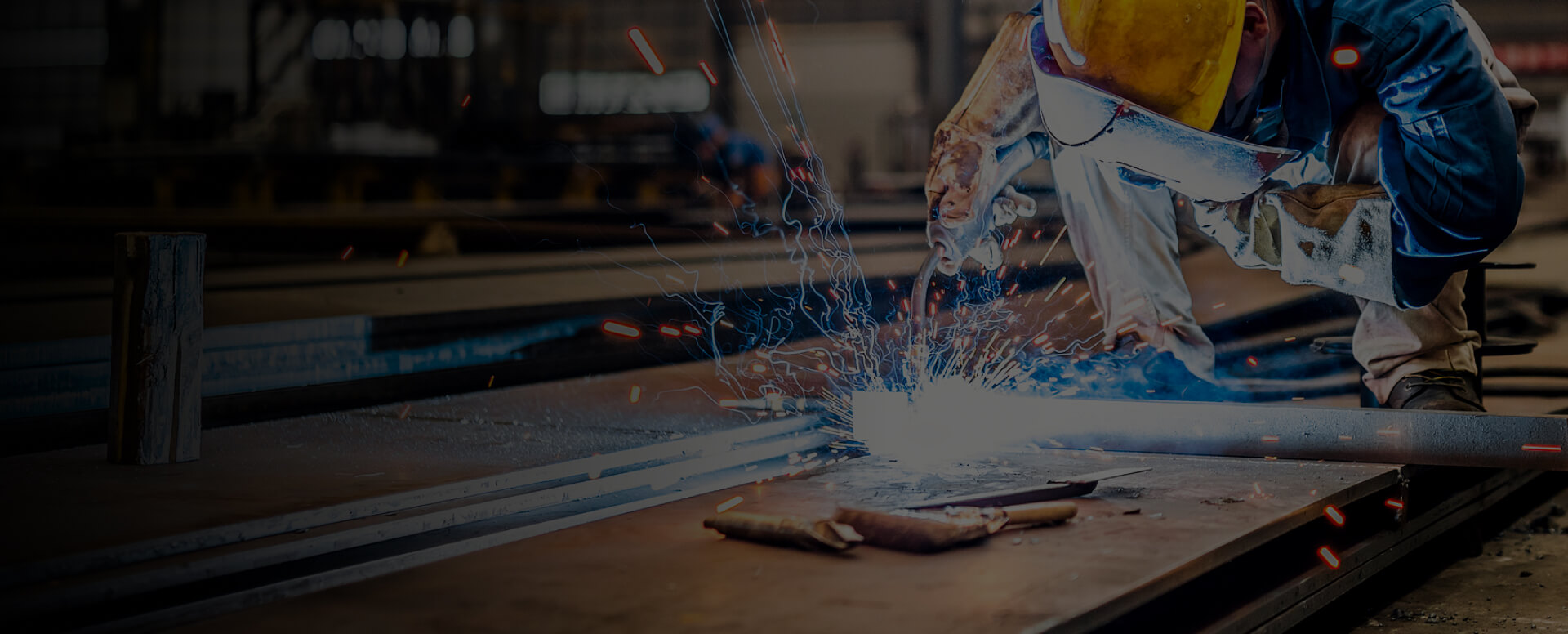
What Is Cathodic Cleaning?
Why Pure MAG Welding Limits Cathodic Cleaning
How to Achieve Cathodic Cleaning in MAG Welding
Key Applications Where Cathodic Cleaning Matters
Related Articles

Double Arcing in Plasma Arc Welding: Causes, Risks, and Prevention
Plasma arc welding is renowned for its precision and deep penetration, earning it the nickname "laser scalpel" of welding. However, this high-precision process is vulnerable to a dangerous phenomenon known as double arcing, where the main arc splits into two separate paths—posing serious risks to we

The Mystery of Lag Discoloration in Titanium Welding: Causes And Solutions
In titanium welding, the weld color serves as a critical visual indicator of gas protection quality. However, a phenomenon known as "lag discoloration"—where the weld appears silver-white initially but gradually turns gold, blue, or gray during cooling—signals underlying contamination that can sever

How To Solve The Problem of Spheroidization in Aluminum MIG Welding Wire?
Solving Aluminum MIG Welding Wire Balling: Causes and Smart SolutionsAluminum is widely used in high-end manufacturing, such as aerospace and new energy vehicles, due to its lightweight and corrosion resistance. However, aluminum MIG welding often faces a frustrating issue—wire balling, where the wi

What is the typical cost of mig welding?
Understanding MIG Welding Costs: A Detailed BreakdownThe cost of MIG welding can vary significantly depending on the scale and complexity of the project. For small DIY tasks, expenses may be relatively low, with basic equipment ranging from 400 to 2000. In contrast, large commercial or industrial pr

